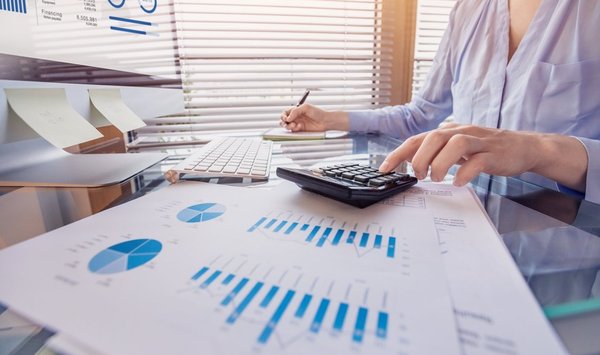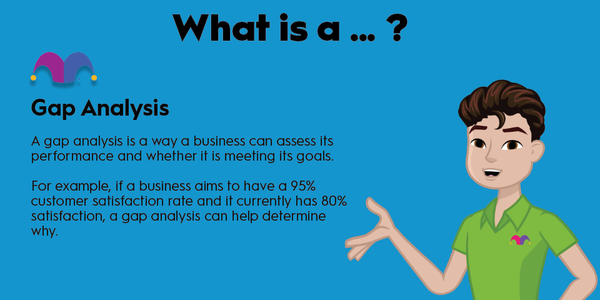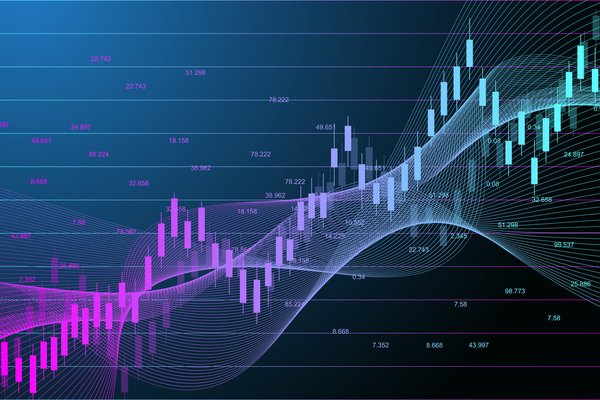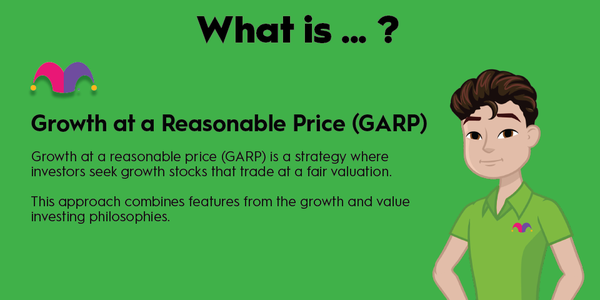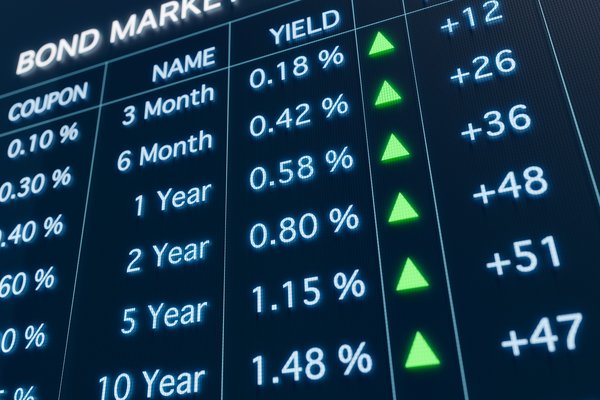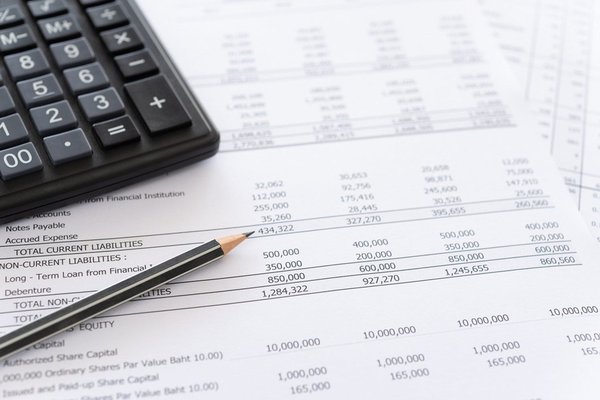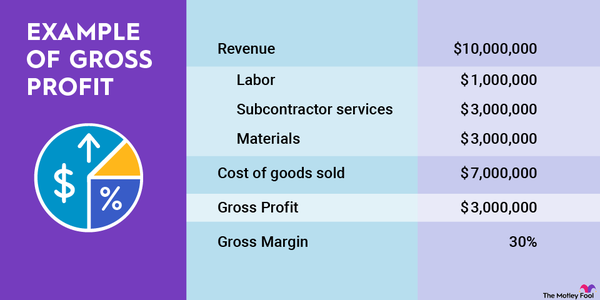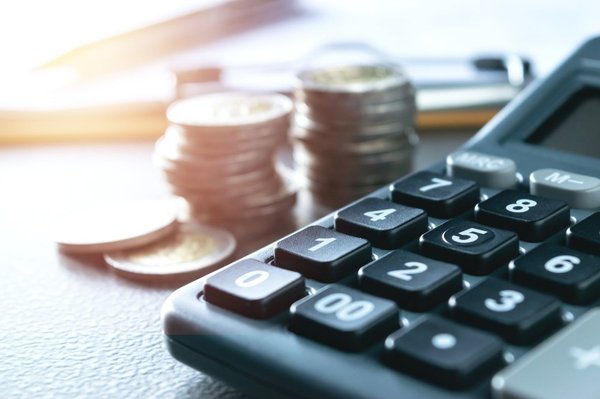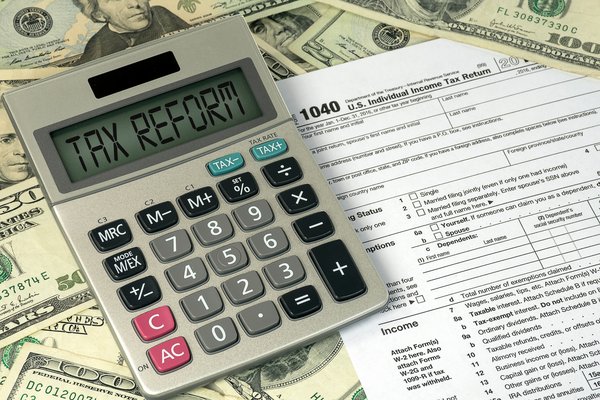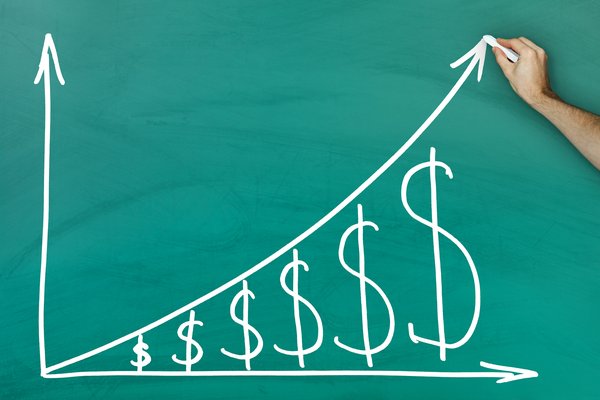Accounting records known as ledgers are 5,000 years old, dating back to ancient Mesopotamians who recorded quantities on tablets using rows and columns. The double-entry accounting system, also known as the general ledger, dates back to the 1300s in Genoa, Italy. The system is still commonly used today.
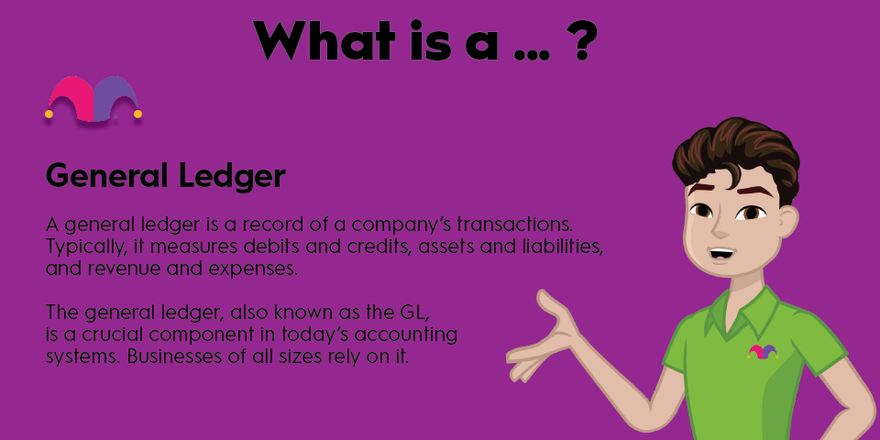
What is a general ledger?
What is a general ledger?
A general ledger is a record of a company’s transactions. Typically, it measures debits and credits, assets and liabilities, and revenue and expenses.
The general ledger is based on the double-entry accounting system, with each transaction recorded as a debit and a credit so that they balance each other. This could mean cash coming into a business in the form of retained earnings, which raises assets and shareholder equity, or it could mean an expense recorded as a payable, lowering shareholder equity and raising liabilities.
The general ledger, also known as the GL, is a crucial component in today’s accounting systems. Businesses of all sizes rely on it.
Why is it important?
Why the general ledger is important
Although investors don’t get access to the general ledger, this record of transactions underpins the balance sheet and explains how each account relates to the others.
Understanding the general ledger can better inform your ability to interpret all three financial statements -- the balance sheet, income statement, and statement of cash flows -- since all three are based on the general ledger.
The general ledger shows how assets like inventory, receivables, and cash are connected. It also breaks down the way a sale is recorded, as well as how revenue and retained earnings are handled.
The general ledger gets verified through a trial balance or the process of ensuring that each account balances out so that the final numbers in the financial statements are correct.
How do you use a general ledger?
How do you use a general ledger?
A general ledger is recorded as two columns, with debits on the left and credits on the right. Each journal entry, as the recorded transactions are known, is recorded as both a debit and a credit.
Like the balance sheet itself, the general ledger follows the core accounting equation:
Assets = Liabilities + Shareholders’ Equity.
Each line item in the balance sheet will reflect multiple entries in the general ledger for accounts like inventory, depreciation, debt, and retained earnings. Each entry must be balanced so that the accounting equation stands and the balance sheet also reflects the same equation.
The general ledger can also shed more detail on a business’s financial results since the financial statements offer a high-level view of the performance but can overlook details that would be found in the GL. Although ordinary investors don’t have access to the general ledger, a good management team will review the transactions to get a more detailed understanding of how the business is performing, especially if results don’t correspond with expectations.
Examples of a general ledger
Examples of a general ledger
The general ledger is used differently depending on the account in question, but the balance sheet is the best-known use of it, so we’ll start with that as an example.
Let’s say a lawn care business performs a $100 service for a customer. When the service is performed, the business will record a receivable of $100 to reflect the $100 the customer owes them in the debit column. It will also record a payable for the wages, say $60, that need to be paid to the crew in the credits column and a small expense for any fuel or other costs involved. The remainder will be recorded as retained earnings.
When the customer pays their bill, that $100 receivable will convert to $100 in cash in the debit column. Similarly, when the company pays its employees $60, it will lower its wages payable by $60 in the credit column and lower its cash by $60 in the debit column, maintaining the balance in the accounting equation.
Although most investors won’t need to use a general ledger, it helps to understand how the different accounts in the financial statements affect each other and how they are related. The general ledger is the foundation of the financial statements.
At a time when most investors are waiting for the next bull market to start, it makes sense to scrutinize balance sheets to understand the fundamental strength of a company. If you’re struggling to understand a company’s balance sheet, it’s a good idea to review some of the basic principles of the general ledger discussed here.


